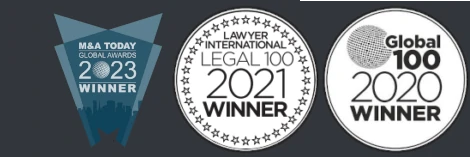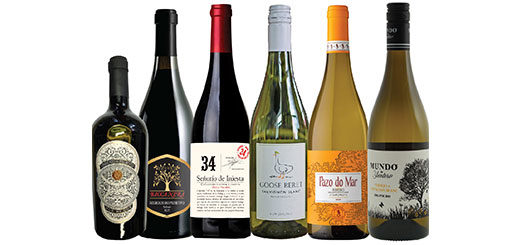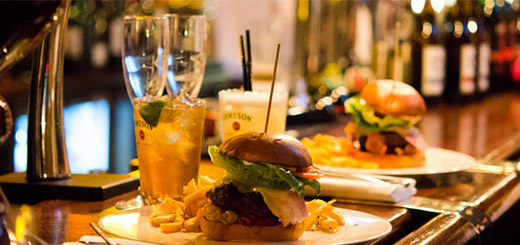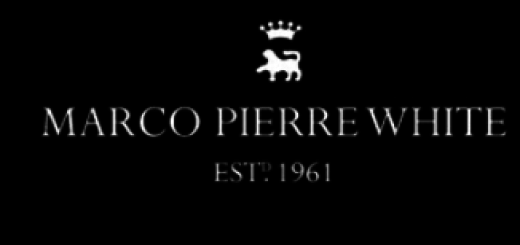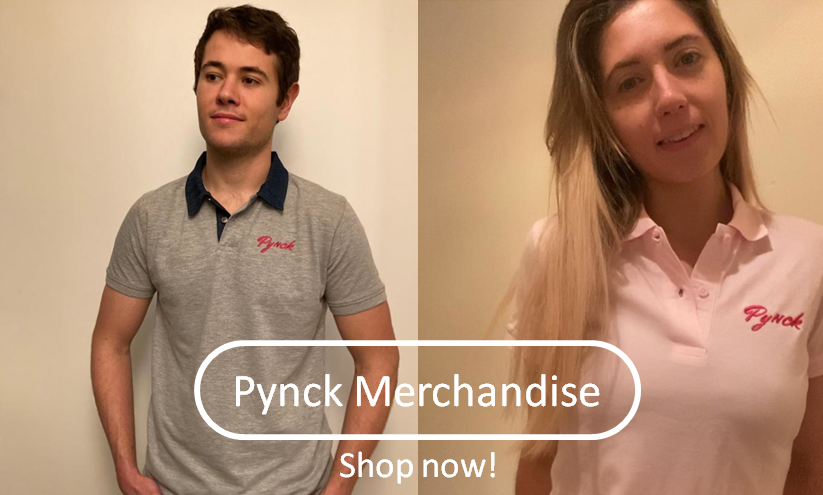Contemporary Whiskey
Last year, the number of distilleries operating in Ireland hit a 120 year high, the most substantial increase since the 1820s. Irish whiskey has been experiencing what many people are calling a renaissance. William Lavelle, head of the Irish Whiskey Association, told The Irish Times that ‘in 2010 there were just four distilleries operating on the island of Ireland. Now, only 10 years later, we have 38 distilleries.’ Irish whiskey has consistently ranked as the world’s fastest growing spirit category over the past decade, seeing over €1.5 billion in investment in that time. However, we can also understand this whiskey renaissance in another way. Whiskey has historically conjured up overtly masculine, rigidly traditional associations. Now this image is changing. Today, the world of whiskey is embracing a greater diversity of participants, broadening its horizons, and giving more room for creative freedom.

According to data from Kantar, there’s been a 15% rise in whiskey drinking among women in the UK since 2010. The idea that whiskey is a ‘man’s drink’ is wholly outdated. In marketing, brands have moved away from the cowboy character of the ‘Mad Men’ executive in favour of stylish, gender-neutral aesthetics. Women are also increasingly taking leading roles in the whiskey industry. In 2018, Helen Mulholland, the first female Master Blender in Ireland, also became the first woman inducted into the ‘Whisky Magazine Hall of Fame.’ Dublin-based Roe & Co whiskey, is the work of Master Blender, Caroline Martin. In the United States, Victoria Eady Butler is breaking through the white-washed story of American whisky, as the first Black woman to become a Master Blender.
Today, new and exciting approaches to whiskey are emerging from across the globe, from Asian countries like Japan and South Korea, but also from perhaps more unexpected places, like India, Scandinavia and New Zealand. Whiskey brands are also projecting more approachable personalities, inviting younger people in. This year, rather than evoking expected tropes—fields of grain and ageing casks—Scotch whisky brand, Glenmorangie, created a bright, whimsical ad in collaboration with fashion photographer, Miles Aldridge. Louise Dennett, Global Head of Brand, told Adweek that that the idea for the ad came from consumer feedback that people felt they needed to ‘learn’ whisky before they could enjoy it. ‘Being less intimidating and more playful is a nice counter to what’s out there,’ she said. In a similar vein, Jack Daniels released its ‘First Timers’ ad in September to celebrate the spontaneity of life.
Brands are leaning into the angle of exploration and innovation. Lambay Whiskey describes itself as an ‘odyssey of oddities’ and asks customers to join a ‘community of curiosity.’ Another player in ‘new’ Irish whiskey, Method and Madness, describes itself as ‘restless hearts’ making ‘inspired spirits.’ Roe & Co is a brand that completely embodies the spirit of reinvention, with an emphasis on cocktails and flavour experimentation. From the visual branding, to the types of events the brand hosts at the distillery, to the collaboration with artists and creators, it is distinctly forward-looking. Jameson has also been in the territory of innovation for years, with its craft beer inspired Caskmates range and Jameson Cold Brew. Even historic Powers Whiskey got a fresh rebrand last year and released a bottled old fashion cocktail.
The history of whiskey may be centuries old, but our appreciation for it has continued through the ages. Whiskey comes with rich culture, stories, and heritage, but it is not frozen in time. In this contemporary age of whiskey, the best is always still to come
